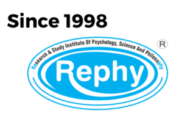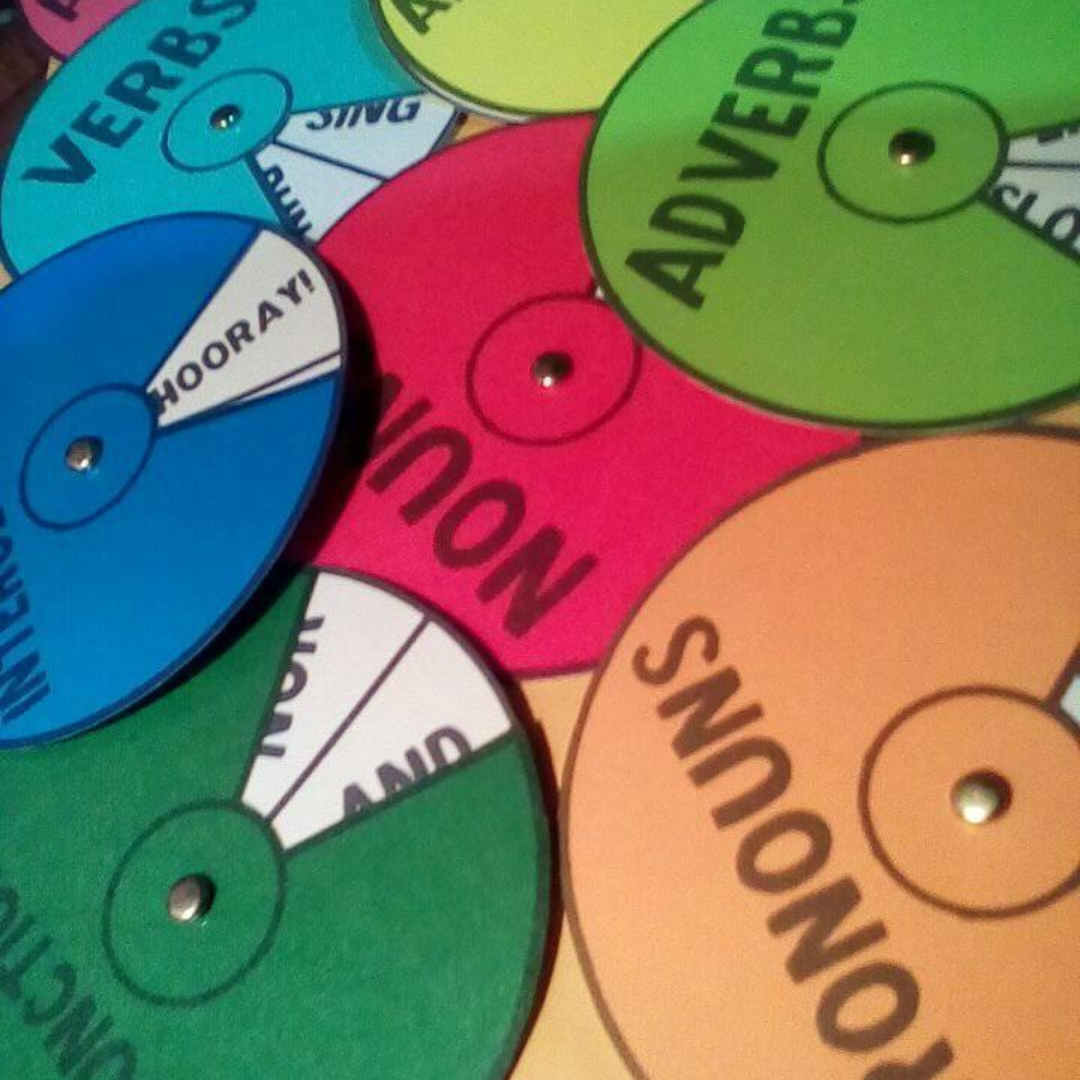In English grammar, A noun is a word that names a person, place, thing, or animal in a sentence. Nouns are one of the basic building blocks of sentences and are used as subjects, objects, or complements.
Nouns can be categorized into two main types:
- Common Nouns – A common noun is a noun that describes a type of person, thing, or place or that names a concept, For example, a book, city, dog, or happiness.
- Proper Nouns – A proper noun is a noun that serves as the name for a specific place, person, or thing. It should be written in capital letters always. For example, Delhi, Akash, John, Paris, Coca-Cola, and Christmas.
Nouns can also be classified by gender, countability, and whether they are singular or plural. For example, some nouns are only used in the singular form (e.g., “furniture”), while others can be either singular or plural (e.g., “book” or “books”).
Nouns play a crucial role in constructing sentences, as they provide the subject and object of the sentence. It is important to use nouns correctly to ensure clarity and coherence in your writing or speech. Here are some examples of nouns:
- Person: John, teacher, doctor
- Place: Paris, park, school
- Thing: car, phone, book
- Idea: love, freedom, democracy
Common Nouns: Animal, house, city, restaurant, computer
Proper Nouns: Michael Jackson, Eiffel Tower, Coca-Cola, New York City
Gendered Nouns: Actor, actress, waiter, waitress, king, queen
Countable Nouns: Pen (singular), pens (plural), apple (singular), apples (plural)
Uncountable Nouns: Water, sugar, happiness, furniture
Singular Nouns: Chair, dog, person
Plural Nouns: Chairs, dogs, people
Let’s see Common nouns in more detail:-
A common noun is a type of noun that refers to general, non-specific people, places, things, or ideas. Unlike proper nouns, which refer to specific individuals, places, or things (such as “John,” “Paris,” or “the Eiffel Tower”), common nouns are not capitalized unless they begin a sentence.
Common nouns can be concrete or abstract. Concrete nouns are those that refer to physical objects or things that can be perceived through the senses, such as “chair,” “dog,” or “book.” Abstract nouns, on the other hand, refer to intangible things or concepts that cannot be perceived through the senses, such as “love,” “happiness,” or “justice.”
Common nouns can also be countable or uncountable. Countable nouns are those that can be quantified or counted, such as “book,” “table,” or “chair.” Uncountable nouns, also known as mass nouns, are those that cannot be counted or quantified, such as “water,” “air,” or “love.”
In grammar, common nouns are often used with articles such as “a,” “an,” or “the,” or with other determiners such as “some,” “many,” or “any.” They can also be modified by adjectives, such as “blue car,” “loud music,” or “sweet taste.”
Overall, common nouns are an essential part of language and play a critical role in our ability to communicate about the world around us.
Here are a few examples of common nouns:
For Example : Dog, city, book, teacher, happiness, chair, water, music, love, computer, car, restaurant, school, tree, phone, etc.
These are just a few examples of the many common nouns that exist in the English language. As you can see, they refer to general, non-specific people, places, things, or ideas.
Let’s see proper nouns in more detail:-
A proper noun is a type of noun that refers to a specific, unique entity or individual. Proper nouns always begin with a capital letter, regardless of where they appear in a sentence. Examples of proper nouns include people’s names, the names of countries and cities, the names of books or movies, and the names of companies or organizations.
Proper nouns differ from common nouns, which refer to general categories of things, such as “car” or “dog.” Proper nouns are always capitalized, while common nouns are not. For example, “Ford” is a proper noun because it refers to a specific car company, while “car” is a common noun because it refers to a general category of vehicles.
One important thing to note about proper nouns is that they are usually singular. For example, you would say “I visited Paris,” not “I visited Parises.” However, there are some exceptions to this rule, such as when referring to sports teams or musical groups that have a plural name, such as “The Beatles” or “The Lakers.”
In addition to capitalising and usually singular, proper nouns can function as subjects or objects in a sentence, just like common nouns. For example, in the sentence “I read Harry Potter,” “Harry Potter” is a proper noun functioning as the object of the verb “read.”
Here are a few more examples of proper nouns:
- People’s names: John, Maria, Michael, Elizabeth, etc.
- Geographical locations: Paris, London, New York, Tokyo, etc.
- Specific buildings or monuments: Eiffel Tower, Taj Mahal, Statue of Liberty, etc.
- Company or organization names: Apple, Google, Coca-Cola, United Nations, etc.
- Book or movie titles: The Great Gatsby, Jurassic Park, The Lord of the Rings, etc.
- Specific events: World War II, the Olympic Games, the Super Bowl, etc.
- Names of specific products: iPhone, PlayStation, Nike Air Max, etc.
- Names of famous works of art: Mona Lisa, Starry Night, David, etc.
- Names of specific animals or breeds: German Shepherd, Siamese cat, African elephant, etc.
These are just a few examples of the many proper nouns that exist in the English language. Proper nouns are all around us, and they help us to be more specific and precise in our communication.
If you want to speak English naturally and fluently just like your mother tongue click here.

